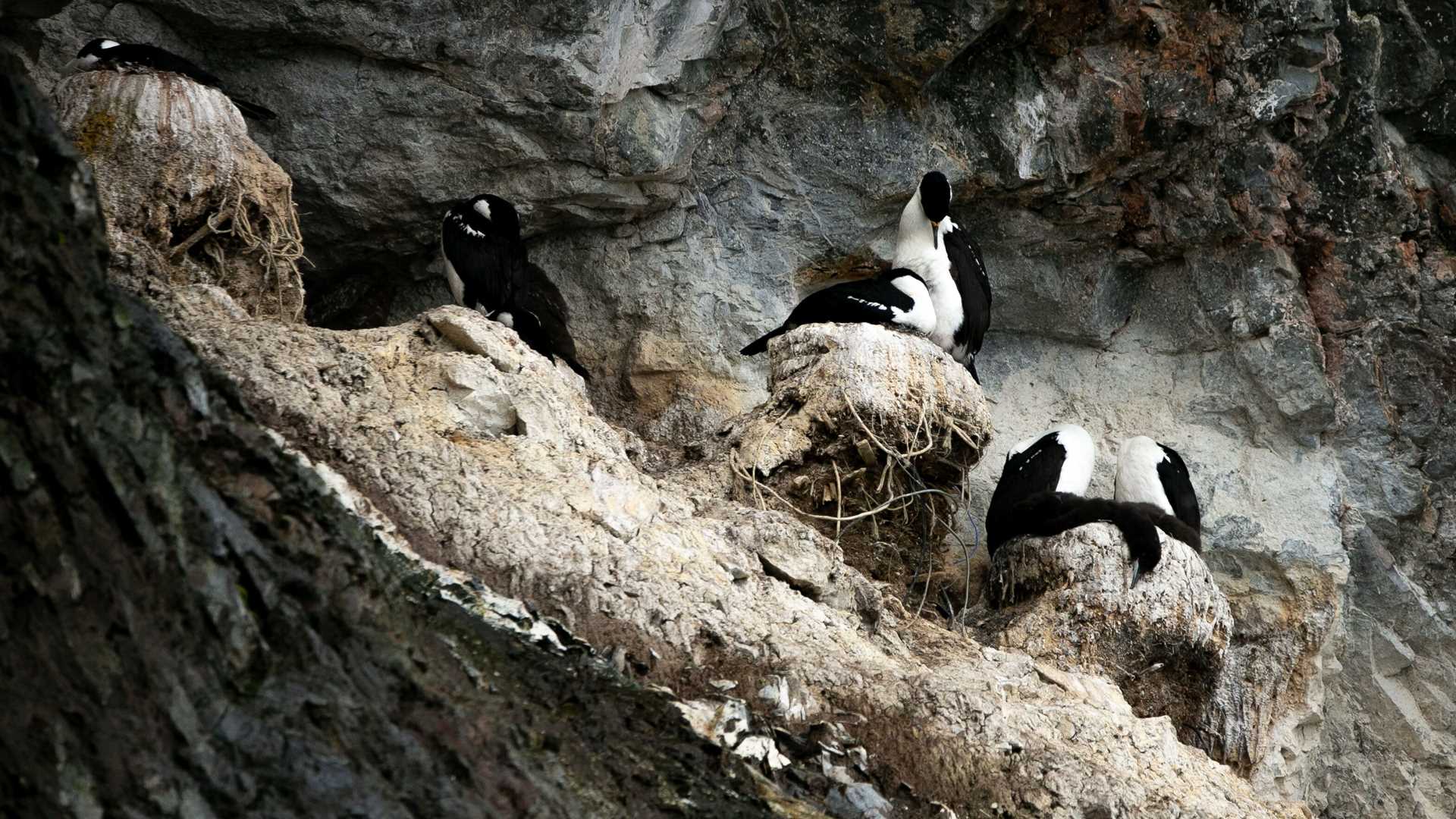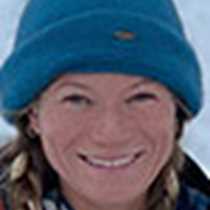Overnight, the bridge team of National Geographic Resolution navigated the beautiful and narrow Lemaire Channel as we made our way north. We awoke in Paradise Bay surrounded by glaciers and icebergs. This would be our last outing before heading north through the Drake Passage. We had incredible weather, starting with sunshine that transitioned to a light and gentle snowfall throughout the day. Our staff took Exclusive Resorts members out on Zodiac tours of Skontorp Cove, an exceptionally stunning section of the bay. We were able to see calving ice crash off the glaciers, incredible blue icebergs, Antarctic cormorant breeding colonies, Gentoo penguins, and even humpback whales! The whales certainly stole the show as they circled our boats and showed off their flukes. After our leisurely Zodiac cruises, everyone warmed up with another exquisite lunch from our galley team followed by a photography session led by the photo team. By early evening, we started slowly cruising north towards the Drake Passage. We had a special treat after dinner…the famous Crew Show, where members of the crew sang, danced, and played music as we danced into the early hours of the night in the Ice Lounge. What a fantastic and unforgettable day!
2/20/2024
Read
National Geographic Resolution
Cape Horn and Beagle Channel
The huge distances we have covered on this journey meant that our last full day was spent almost completely at sea on our return leg from Antarctica. After a merciful lie-in, we crowded the decks as we sailed past Cape Horn, the majestic headland at the bottom tip of Hornos Island, the southernmost point of Tierra del Fuego and the entire South American continent. Despite its fearsome reputation, pleasant seas allowed for an enjoyable brunch before we plunged into our presentation schedule for the morning and afternoon. Naturalist Gail Ashton related her experience of living on the Antarctica continent for 18 months, Jonny Reid discussed marine mammal acoustics and the underwater soundscapes of this region, and Jess Farrer explained how the study of whale and seal poop can tell us so much about these animals. As we entered the Beagle Channel, the stunning mountains of Tierra del Fuego lined our passage to Ushuaia. Gathering in the Ice Lounge for the captain’s farewell party, we toasted a hugely enjoyable trip and the new friends we have made.







